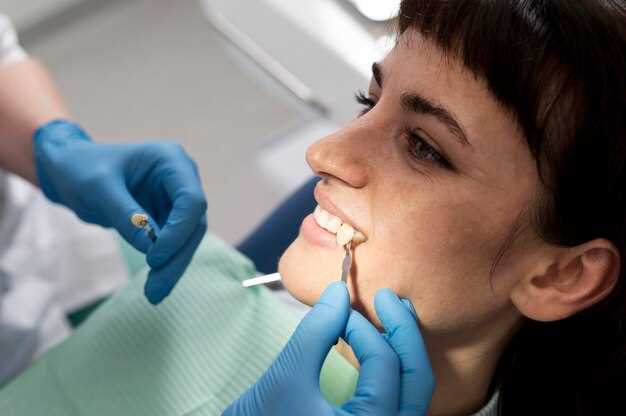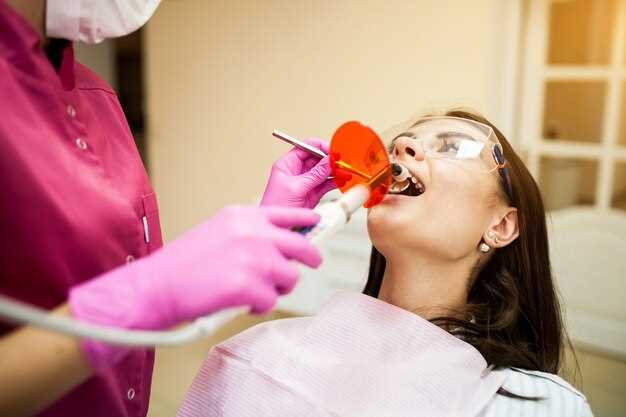
Discover Post-Treatment Dental Care

Planning a dental procedure soon? It’s crucial to consider your oral health, especially if you’ve been taking medication to support your cardiovascular system. Whether you’re scheduled for a tooth extraction or any dental intervention, understanding the impact of your medication is vital for a successful outcome.
Ensure Optimal Healing
After cardiovascular support therapy, your dental health requires tailored attention to mitigate potential complications. By adopting a specialized oral care regimen, you can expedite recovery and minimize any risks associated with the procedure.
Expert Guidance and Tips
- Consult your healthcare provider to evaluate the compatibility of your medication with dental interventions.
- Adhere to prescribed post-treatment instructions diligently to promote healing and prevent adverse effects.
- Incorporate gentle oral hygiene practices, such as using a soft-bristled toothbrush and non-alcoholic mouthwash, to maintain oral health.
Empower yourself with knowledge and proactive measures to safeguard your oral well-being, ensuring a seamless dental experience post-medication.
Understanding Clopidogrel and Dental

In this segment, we delve into the intricate relationship between a certain medication often prescribed to prevent blood clots and the field of dental care. Exploring the implications of this medication on dental procedures is crucial for ensuring optimal patient care and safety.
The Mechanism: When considering the interaction between this pharmaceutical agent and dental interventions, it’s imperative to grasp the underlying mechanisms at play. This medication, while serving its primary purpose elsewhere in the body, can significantly influence the outcomes of dental treatments. Understanding how it affects blood clotting processes is paramount for dental professionals.
Risk Assessment: Beyond its primary usage, comprehending the potential risks associated with the use of this medication during dental procedures is essential. Dental practitioners must conduct thorough risk assessments to mitigate any adverse events that may arise due to its interaction with routine dental interventions.
Precautionary Measures: Implementing precautionary measures becomes indispensable when dealing with patients under the influence of this medication. Dental professionals need to adopt tailored strategies to ensure patient safety and optimize treatment outcomes. This involves meticulous planning and close collaboration with other healthcare providers involved in the patient’s care.
Educating Patients: Patient education emerges as a pivotal aspect of managing dental care in individuals taking this medication. Informing patients about the potential implications on their dental health and the importance of disclosing their medication history is crucial for fostering transparency and facilitating informed decision-making.
Collaborative Approach: Lastly, fostering a collaborative approach between dental practitioners and healthcare providers prescribing this medication is indispensable. Effective communication and shared decision-making enhance patient care and contribute to positive treatment outcomes.
In conclusion, navigating the intersection between this medication and dental care requires a comprehensive understanding of its mechanisms, diligent risk assessment, implementation of precautionary measures, patient education, and collaborative practices. By integrating these components into dental practice, professionals can ensure safe and effective treatment for patients.

